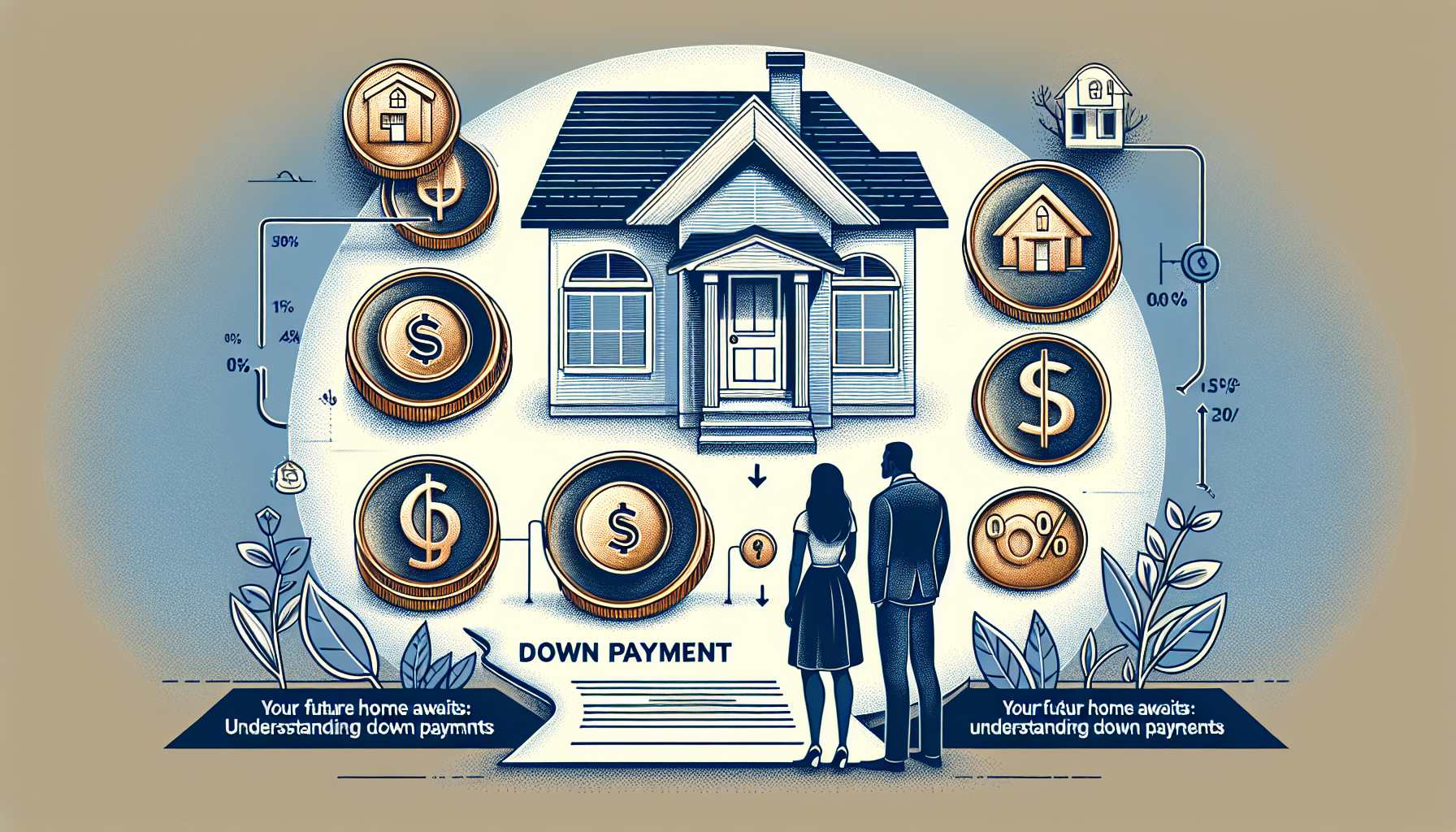The Real Deal on Down Payments: How Much Do You Really Need?
One of the most challenging parts of buying a home is saving enough money for a down payment. But how much do you actually need? The answer depends on the type of loan you choose, your lender’s requirements, and your personal financial situation.
Understanding Down Payments
A down payment is the upfront amount you pay toward the purchase of a home. It represents your initial ownership stake. For example, on a $350,000 home, a 10% down payment would be $35,000, while the remaining balance is usually financed through a mortgage loan.
Mortgage lenders require down payments as a form of security for their investment, though some government-backed loans offer options for lower or even zero down payments[1][2].
The 20% Down Payment Myth
Many believe you must put down 20% to buy a home, but this is not true. The 20% figure is often cited because it lets buyers avoid paying Private Mortgage Insurance (PMI) on conventional loans. However, the typical down payment is usually much less.
In 2023, the average down payment for first-time buyers was about 8%, while repeat buyers averaged around 19%[2]. Many buyers successfully purchase homes with as little as 3% down, depending on the loan type and lender[1][3].
Down Payment Options by Loan Type
-
Conventional Loans: Require a minimum down payment of 3% to 5%. Buyers putting down less than 20% must pay PMI until they reach 20% equity in the home[1][2][3][5].
-
FHA Loans: Require as little as 3.5% down for borrowers with credit scores of 580 or higher. Those with scores from 500 to 579 need to put down 10%. FHA loans require mortgage insurance premiums (MIP), which can add to the cost[1][2][4].
-
VA Loans: Available to eligible veterans and active-duty service members, with no down payment required if full entitlement is available. There is no monthly PMI, but a one-time funding fee applies, which can be reduced by making a down payment[1][2][6].
-
USDA Loans: Offer zero down payment options for qualified rural homebuyers who meet income and location requirements[1][2].
-
Jumbo Loans: Require larger down payments, typically between 5% and 10%, due to higher loan amounts and stricter underwriting criteria[2].
-
Second Homes and Investment Properties: Usually require 10% to 20% down depending on the lender and property type[2].
Planning Your Down Payment Strategy
How much you put down depends on your savings, monthly budget, and financial goals. It’s wise to consult a financial advisor to tailor a plan that fits your situation.
Remember, a larger down payment can lower monthly mortgage payments and may help you avoid PMI on conventional loans. Conversely, low or zero down payment loans can help you buy sooner but might increase your monthly costs.
Ready to buy without the stress of saving 20%? Explore different mortgage options and calculate what fits your budget best. Use online mortgage calculators or connect with financial experts to create a personalized homebuying plan.
With the right information and strategy, that "For Sale" sign could soon become "Under Contract" with your name on it!
Your Future Home Awaits
Buying a home is one of the most significant investments you'll make. Understanding your down payment options and debunking outdated myths can make the journey smoother and more achievable. Don’t let misconceptions hold you back—explore your possibilities today and start the exciting journey toward homeownership.
This revised blog post provides clear, up-to-date information on down payment requirements in 2025, reflecting current mortgage standards and loan programs for a variety of buyers[1][2][6][8].

